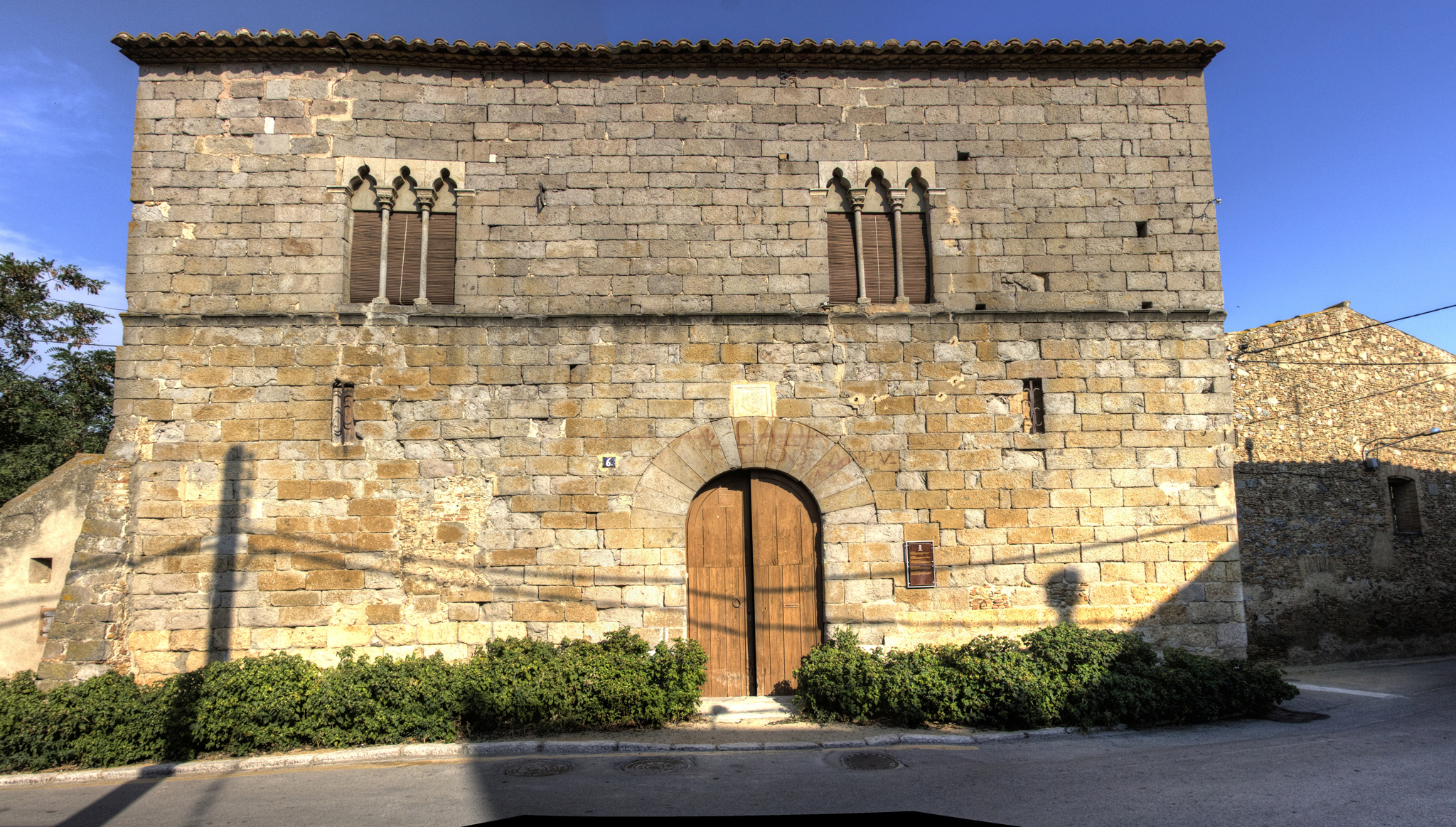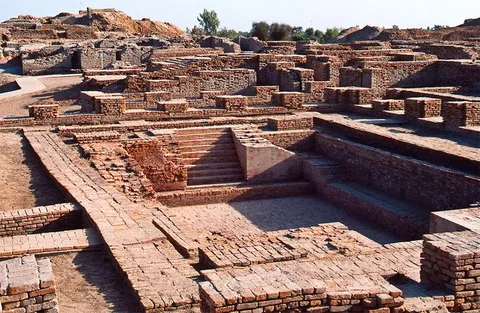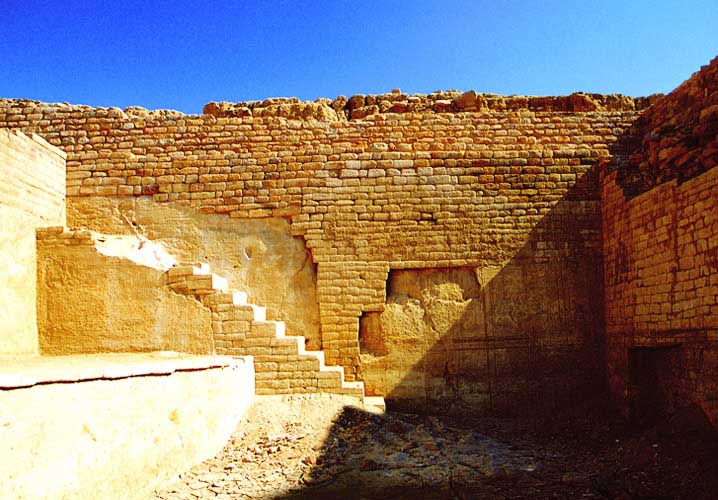History of Sparta’s Unique Defensive Strategy
Rise to Prominence: A City Without Walls

The history of Sparta’s unique defensive strategy dates back to its early days as a city-state in ancient Greece. Founded in the 10th century BC by the Dorians, the Spartans developed a distinct approach to defense that would become one of the key factors contributing to their rise to prominence.
In contrast to other Greek cities, which relied heavily on fortifications and walls for protection, Sparta chose a different path. The city’s strategic location, nestled in a valley surrounded by mountains, made it naturally defensible. By focusing on developing a powerful military and a robust citizen-soldier culture, the Spartans created an environment where the strength of its army was the primary defense against external threats.
Here are some key aspects that contributed to Sparta’s unique defensive strategy:
The Phalanx Formation: The Spartans pioneered the development of the phalanx formation, a dense infantry tactic where soldiers stood shoulder-to-shoulder with long spears, creating an impenetrable wall of steel and shields. This innovative technique allowed them to present a unified front against enemy forces.
Elite Warrior Class: The Spartans emphasized the importance of physical training, combat skills, and martial prowess in their citizens. Boys were trained from a young age in rigorous military exercises, sports, and outdoor activities that fostered discipline, courage, and teamwork. This created an elite warrior class that was feared throughout Greece.
Home Defense: The Spartans took a bold approach to home defense by relying on the bravery and martial skills of its citizens rather than elaborate fortifications. Each household was equipped with a hoplite shield, which became a symbol of Sparta’s warrior culture. When threatened, Spartan households would assemble to form a defensive perimeter around their homes.
Mountainous Terrain: The surrounding mountains of the Eurotas valley provided natural barriers that protected Sparta from invaders. The rugged terrain made it difficult for armies to maneuver and attack the city.
The absence of walls in Sparta had several benefits, including:
Flexibility: Without walls, Sparta could adapt its defense strategy according to changing circumstances. They could concentrate their forces on key areas or disperse them as needed.
Economic Advantages: The city did not have the expense of building and maintaining extensive fortifications. This freed up resources for other essential aspects, such as military training, infrastructure development, and social welfare programs.
Overall, Sparta’s unique defensive strategy was built on a foundation of martial excellence, strategic thinking, and an unyielding commitment to its values. By emphasizing the strength of its citizens rather than relying on fortifications, Sparta became one of the most formidable city-states in ancient Greece.
The citystate of Sparta is renowned for its fierce warriors, but also for its unconventional approach to defense: it had no defensive walls.
The city-state of Sparta, located in ancient Greece, is famous for its unique defensive strategy that set it apart from other cities in the region. Unlike most cities during that time period, which were surrounded by walls for protection, Sparta made a conscious decision to forgo building any defensive structures.
One reason behind this unorthodox approach was the city’s geographical location. Sparta was situated in the valley of the Eurotas River, where its terrain offered natural defense against invaders. The surrounding mountains and valleys created a difficult landscape for potential attackers to navigate, providing an effective barrier without the need for walls.
Another factor contributing to this decision was the emphasis on training and discipline among Sparta’s warriors. The Spartans placed great importance on physical fitness, military prowess, and strict social hierarchy. Their society was structured around a rigorous system of education, where young boys were trained from an early age in combat skills and tactics.
This focus on martial culture and the strength of their warriors allowed the Spartans to feel confident in their ability to protect themselves without relying on defensive walls. They believed that their well-trained and well-disciplined army could deter any potential invaders, making walls unnecessary for defense.
The absence of defensive walls also had economic benefits for Sparta. Building and maintaining walls required significant resources, which the city-state could instead allocate towards other areas such as infrastructure development, trade, and military expenditure. This strategic decision enabled Sparta to focus on its core strengths: producing high-quality warriors and a robust economy.
The success of this strategy is evident in the long-term prosperity and security of the city-state. During the 5th century BCE, Sparta reached the height of its power and influence in ancient Greece. Its unique approach to defense played a significant role in its achievements, allowing it to maintain control over its territories and protect its people effectively.
The lessons learned from Sparta’s experience continue to be relevant today, as cities and countries strive to balance security concerns with economic and social needs. The example of Sparta serves as a reminder that effective defense strategies can be found in unconventional approaches, which may involve leveraging natural terrain and developing human resources rather than relying solely on physical barriers.
Key aspects of Sparta’s defensive strategy include:
Natural Defense: The city-state’s geographical location provided a natural barrier against invaders, making walls unnecessary.
Military Training and Discipline: The emphasis on physical fitness and military prowess allowed the Spartans to feel confident in their ability to protect themselves without relying on defensive walls.
Focus on Human Resources: By investing in education and training for its young warriors, Sparta developed a strong and disciplined army that could deter potential invaders.
In conclusion, the city-state of Sparta’s unique approach to defense is characterized by the absence of defensive walls. Its success can be attributed to the natural terrain, emphasis on military training and discipline, and focus on human resources rather than relying solely on physical barriers. The lessons learned from this example continue to be relevant today as cities and countries strive to balance security concerns with economic and social needs.
The Philosophy Behind This Unusual Approach
Developing a Stronger Citizen-Soldier
The philosophy behind Sparta’s unusual approach to defense and warfare lies in its emphasis on the development of a strong citizen-soldier. Unlike other city-states in ancient Greece that prioritized building defensive walls to protect themselves from invaders, Sparta chose to forgo this approach.
This decision was not taken lightly, as it required significant sacrifice and trust in the military prowess and discipline of its citizens. By doing so, Sparta’s leaders sought to create a society where every citizen was trained and equipped to serve as both a soldier and a defender of the city-state.
At the heart of this philosophy is the concept of “paideia,” which encompasses the values of self-discipline, physical fitness, and martial skills that were instilled in Spartan children from an early age. Through rigorous training and education, young Spartans were prepared to become skilled warriors who could fight with bravery and strategic acumen.
This approach was designed to foster a strong sense of loyalty and civic duty among the citizen-soldiers, who were entrusted with the responsibility of defending their city-state against all threats. In return, the state provided its citizens with extensive support and resources to ensure they could perform their duties effectively.
As a result, Sparta’s citizen-soldiers became renowned for their exceptional martial skills, discipline, and unwavering commitment to defending their city-state. This philosophy of developing strong, capable, and loyal citizen-soldiers allowed Sparta to maintain its independence and thrive in the midst of ancient Greek warfare.
The consequences of this approach were far-reaching, with Sparta becoming a formidable force on the battlefield and inspiring awe among its contemporaries. Its unique blend of military prowess, civic duty, and loyalty created a distinct culture that prioritized the development of strong citizens who could serve as both soldiers and guardians of their community.
The emphasis on creating capable citizen-soldiers also had significant social implications within Sparta’s society. The rigors of training and battle-hardening created a tight-knit community where citizens were bonded together by shared experiences, values, and responsibilities. This fostered an extraordinary sense of civic duty, loyalty, and collective purpose among the Spartans, setting them apart from other city-states in ancient Greece.
The philosophy behind Sparta’s approach to defense and warfare remains a compelling example of how a society can be transformed through careful design and implementation of education, training, and civic values. By investing in its citizens’ development as capable soldiers and guardians, Sparta achieved a remarkable degree of military strength and social cohesion that allowed it to thrive in the midst of turmoil.
This model offers valuable lessons for contemporary societies seeking to build strong and resilient communities, where every citizen feels empowered to contribute their skills and talents in service of the greater good. By emphasizing the development of capable citizens who embody civic values such as self-discipline, loyalty, and martial prowess, we may yet create new forms of community that are as admirable as ancient Sparta’s.
The significance of this philosophy lies not only in its historical context but also in its continued relevance to modern times. As the world grapples with complex challenges that require collective action and shared responsibility, Sparta’s approach serves as a compelling reminder of the transformative power of education, training, and civic values.
Spartan society was built on the idea that its citizens were its greatest asset in times of war. To foster this belief, Spartan men received rigorous military training from an early age.

The unusual approach to Spartan society was built on a fundamental philosophy that prioritized military training and martial prowess above all else.
This philosophical underpinning was rooted in the idea that the collective strength and valor of its citizens were the greatest assets in times of war, rather than relying on physical defenses such as walls.
As a result, Spartan men underwent rigorous military training from an early age, with the aim of cultivating exceptional discipline, courage, and combat skills.
The famous Spartan phrase “Moon is New” or “Mounikhon” marked the beginning of the boys’ rigorous and intensive education called ‘Agoge’.
The Agoge was a long process that lasted for 3 years and consisted of military training, hunting, physical exercise, endurance and combat sports.
Here are some of the key aspects of the Spartan approach:
Rigorous Military Training: From an early age, boys underwent rigorous training in martial arts, including hand-to-hand combat, sword fighting, and tactics.
Mastery of the Olympic Discus Throw: Boys would be trained to throw the discus with precision and force.
Running: Spartans were famous for their endurance running which helped them in long battles and allowed them to march without getting fatigued.
Martial Prowess: Training emphasized combat skills, including wrestling, boxing, and pankration (a combination of wrestling and boxing).
Discipline and Endurance: Boys were taught to endure physical hardships, such as hunger, thirst, and pain, in order to cultivate mental toughness.
The Agoge was designed to transform boys into formidable warriors who embodied the values of Spartan society, including courage, loyalty, and discipline.
This rigorous training process helped create a powerful military force that made Sparta one of the greatest city-states in ancient Greece.
The Legacy of Sparta’s Unorthodox Approach to Defense
Implications for Modern Military Strategy
The unorthodox approach to defense employed by ancient Sparta has left a lasting legacy that continues to influence modern military strategy. Despite being situated in a region prone to invasion and siege warfare, the Spartans deliberately chose not to construct defensive walls, opting instead for a system of fortifications and tactics that relied on the martial prowess of its citizens.
This approach was rooted in the city-state’s unique social and cultural context. Sparta’s highly militarized society placed a premium on the development of its warriors, who were trained from a young age in rigorous physical and tactical disciplines. The Spartans believed that their collective strength, discipline, and esprit de corps would be sufficient to deter any potential invaders.
As historian Paul Cartledge has noted, Sparta’s defensive strategy was designed to “deny the enemy easy access to the city” by creating a network of fortifications and obstacles. The Spartans built multiple concentric lines of defense, including the long walls that protected the surrounding countryside from incursions. However, the city itself remained unwalled, relying instead on the phalanx formation of its citizen-soldiers to repel any would-be invaders.
The implications of Sparta’s unorthodox approach to defense are far-reaching and continue to influence modern military strategy. The emphasis on collective strength, discipline, and martial culture has been emulated by various military forces throughout history. For instance, the Prussian military tradition, which heavily influenced the development of the German army in the 19th century, drew inspiration from Spartan tactics and values.
In modern times, the concept of “soft power” has become increasingly important in international relations, as nations seek to project influence through economic, cultural, and diplomatic means rather than solely relying on military force. Sparta’s unorthodox approach to defense, which prioritized the development of its citizen-warriors over physical fortifications, can be seen as an early example of this concept.
The relevance of Sparta’s legacy is particularly evident in the context of asymmetrical warfare, where non-state actors and terrorist organizations have been able to exploit conventional military weaknesses through unconventional tactics. In responding to these challenges, modern militaries would do well to draw inspiration from the Spartan model, which placed a premium on adaptability, discipline, and collective strength.
Finally, Sparta’s unorthodox approach to defense serves as a reminder that military strategy must be tailored to the unique cultural, social, and geographical context of each city-state or nation. Rather than relying on rigid doctrines or standardized solutions, modern militaries would do well to adopt a more nuanced and flexible approach that takes into account the complexities and variables of real-world conflict.
Sparta’s unconventional approach to defense continues to influence modern military thought and strategy.
The legacy of Sparta’s unorthodox approach to defense is a testament to the innovative thinking and strategic brilliance of the ancient Spartans. Despite being one of the most powerful city-states in Greece during its time, Sparta chose not to build any defensive walls or fortifications around the city. This decision may seem counterintuitive today, but it was a deliberate choice that had significant consequences for the development of warfare and military strategy.
This approach to defense was made possible by the unique social and cultural dynamics of ancient Sparta. The Spartans were known for their rigorous training programs and emphasis on martial prowess, which created a highly disciplined and effective fighting force. With every able-bodied citizen being trained as a warrior from a young age, Sparta’s citizens became skilled fighters who could be deployed quickly to defend the city in times of crisis.
The absence of defensive walls meant that the Spartans had to rely on other methods to secure their city. They developed a network of scouts and messengers who could rapidly mobilize troops in response to external threats. Additionally, Sparta’s strategic location near the Eurotas River made it difficult for invaders to approach the city from the surrounding countryside.
The consequences of this unorthodox approach were far-reaching and significant. For centuries, other city-states followed suit by abandoning their defensive walls, leading to a shift in military strategy away from static fortifications towards more mobile and flexible forms of defense. The concept of “no fixed positions” became a central tenet of warfare, as armies learned to be more agile and adaptable on the battlefield.
The influence of Sparta’s approach can still be seen today in modern military thought and strategy. The development of mobile armor units, special forces operations, and rapid-response teams owe a debt to the innovative thinking of the ancient Spartans. In fact, the United States Marine Corps’ emphasis on speed, agility, and adaptability in combat is reminiscent of Sparta’s own approach to warfare.
In conclusion, the legacy of Sparta’s unorthodox approach to defense continues to shape modern military strategy and thought. By abandoning traditional defensive walls, the Spartans created a more mobile and flexible form of warfare that has influenced the course of history in profound ways. As we continue to evolve our own military strategies and tactics, it is essential to appreciate the innovative thinking and strategic brilliance of the ancient Spartans.
- 10 Most Beautiful Cities In Switzerland - September 3, 2024
- 11 Most Charming Cities In Northern California - September 3, 2024
- 10 Largest Cities In Wisconsin - September 3, 2024


